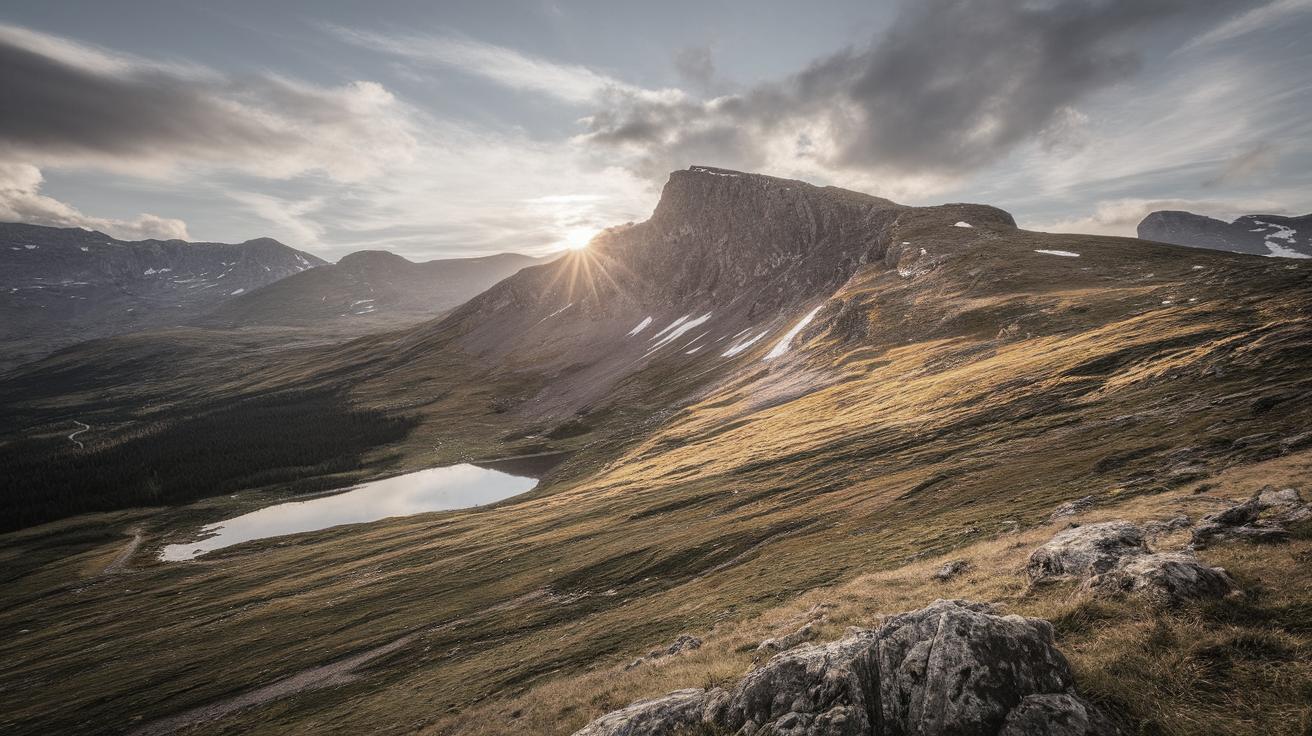The Importance of Lighting in Photography
Lighting is a fundamental aspect of photography that can make or break an image. It affects everything from the mood and tone to the clarity and detail of a photograph. Understanding how to use lighting effectively is essential for capturing striking images, whether you’re a beginner or a seasoned professional. In this article, we’ll explore the best light for photography, the different types of lighting, techniques to utilize light, ways to control it, and the significance of white balance. By the end of this guide, you’ll have a strong foundation in the role of lighting in photography and practical ways to apply this knowledge to your work.
The Best Light for Photography
The best light for photography often depends on the desired effect and the subject being captured. Many photographers argue that natural light, especially during the golden hour, provides the most aesthetically pleasing outcomes. The golden hour, occurring shortly after sunrise and before sunset, presents a warm and soft illumination that enhances colors and adds a magical quality to photos.
However, the best light doesn’t always mean natural light. Artificial lighting can also produce remarkable results, especially in controlled environments. Studio lights offer consistency and predictability, allowing photographers to shape and mold the light to suit their creative vision. Ultimately, the best light is one that aligns with the photographer’s goals and enhances the subject’s features.
Types of Light in Photography
There are various types of light in photography, each with its own characteristics and uses. Natural light, as mentioned before, includes sunlight and moonlight and is ubiquitously available for outdoor photography. It is ever-changing, which can be both a challenge and an advantage for creativity.
Artificial light, on the other hand, encompasses studio lights, LED panels, and flash. It allows photographers to control intensity, direction, and color temperature, making it ideal for portrait and product photography where precision is key. Understanding the differences and applications of each light type enables photographers to choose the right one for specific scenarios.
Ways to Use Light in Photography
Effective use of light in photography can dramatically enhance a photo’s composition. One popular technique is backlighting, where the light source is placed behind the subject, creating a silhouette effect. This adds depth and interest to the image, often resulting in dramatic and evocative photographs.
Conversely, front lighting, where the light source directly illuminates the subject, is commonly used for portrait photography. It minimizes shadows and highlights the subject’s features, ensuring details are crisp and well-defined. Side lighting is another approach that emphasizes textures and adds dimension to the image by casting shadows.
How to Control Light
Controlling light is a vital skill in photography that sets a beginner apart from a professional. Photographers can manipulate light using various tools such as diffusers, reflectors, and modifiers. Diffusers soften harsh lights and reduce glare, while reflectors bounce light to fill shadows and add brightness to particular areas of the photograph.
Moreover, managing exposure settings like ISO, shutter speed, and aperture also plays a crucial role in light control. Adjusting these settings helps photographers capture the desired amount of light, ensuring that images are neither overexposed nor underexposed. Mastery over these elements allows photographers to execute their creative vision with precision.
White Balance
White balance is the process of adjusting the color balance of a photograph to ensure accurate color representation. Lighting can often introduce color casts that alter how colors are perceived in the image. Correct white balance ensures that whites appear white under varying lighting conditions, such as tungsten or fluorescent lights.
Cameras typically offer different white balance presets like daylight, cloudy, shade, tungsten, and fluorescent to cater to specific environments. Additionally, photographers can manually set the white balance to achieve the desired result. Understanding white balance is crucial for producing natural-looking images with true-to-life colors.
Next Steps
| Section | Summary |
|---|---|
| The Best Light for Photography | Discusses the qualities of natural and artificial light, emphasizing the golden hour and studio conditions for optimal lighting. |
| Types of Light in Photography | Explores the characteristics of natural and artificial light and their respective applications in photography. |
| Ways to Use Light in Photography | Highlights techniques like backlighting, front lighting, and side lighting to enhance photo composition. |
| How to Control Light | Explains tools and techniques such as diffusers, reflectors, and exposure settings to manipulate light effectively. |
| White Balance | Details the importance of white balance in achieving accurate color representation under different lighting conditions. |

